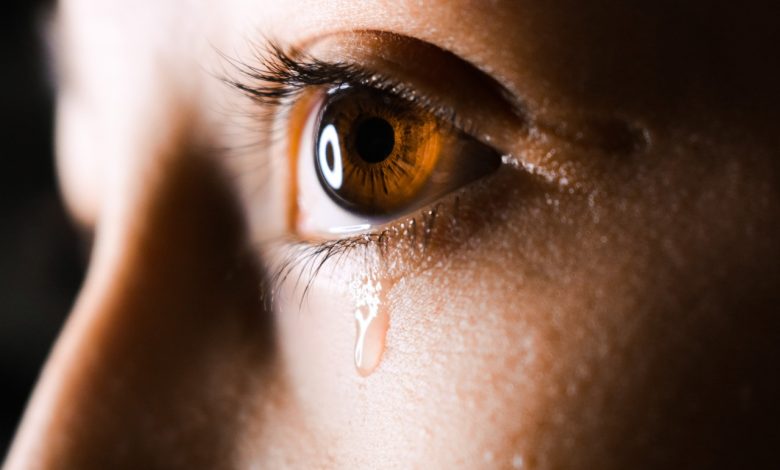
Reframing in the face of loss
Death is the only certainty we have about life, being an inevitable and inherent fact in the cycle of living beings, as well as being born and growing. However, in Western society, death is little discussed, being excluded from the social sphere, as it causes discomfort, mainly because it puts us in contact with our finitude, generating anguish and anxiety.
The mourning
In a review of the literature on grief, it is clear that there is no universal definition of grief, we understand that this happens because it is a complex and individual process for each subject. Although there is no consensus on a single definition, several terms such as withdrawal period, expected and natural response, and breaking the bond are frequently mentioned.
When most of us think about grief, we relate it to the loss of a loved one, however, grief reflects the breaking of a cycle, that is, mourning the loss of a person, loss of a job, end of a relationship, etc.
In this line of thought, we consider the concept:
“Grief is the inevitable process of working through a loss and all people who lose a loved one tend to go through it. It is a natural process that occurs in reaction to a break in a bond.” John Bowbly (1990 apud BASSO; WAINER, 2011).
In this way, mourning is an adaptation to loss, that is, it is the reorganization of our life in the face of this loss. It is a process that requires care as it is one of the most painful experiences experienced by human beings. This process is permeated by the type of death, level of affinity and the internal resources available that enable the elaboration of normal or pathological mourning.
We understand here that normal grief is characterized by a healthy response to the loss of a loved one, such as the ability to face grief and express pain. When coping resources are scarce, it can lead to the pathological grieving process.
Some common reactions in a grieving process
- Feelings: sadness, anxiety, loneliness, anger, guilt, tiredness, longing.
- Thoughts: confused thoughts, having the feeling that death did not happen, worries and memories that invade the mind.
- Physical sensations: tightness in the chest and throat, lack of energy, dry mouth.
- Behaviors: changes in sleep and appetite, agitation, crying, dreams, avoidance of memories.
Pathological grief concerns the manifestations of physical and mental symptoms that lead to the denial and repression of pain due to loss. These people force themselves to abandon mourning even before they have completed it, not expressing their sadness and not allowing themselves to experience such an experience, and, as a result, they feel more depressed and lonely.
This unexperienced grief can lead the subject to deep suffering, when this grieving process is prolonged it can cause health problems, psychological disorders, depression, anxiety, etc.
The phases of mourning
Although grief is a very particular process, there is no single pattern for coping with losses, we can see some common points in most people, what we call the stages of grief, which is a descriptive model proposed by Elizabeth Kübler-Ross, reference on the subject. The grief phases are made up of: denial, anger, bargaining, depression and acceptance.
Denial
It is the first phase of grief and manifests itself as a psychic defense, where the person refuses to believe in what happened and somehow tries not to come into contact with reality, avoiding talking about the subject. It is a phase of intense pain and difficulty dealing with the prospect of absence.
Anger
The second phase is characterized by the feeling of revolt with the world and with everyone, where the individual feels wronged and does not accept what is happening. There is a connection with reality and the perception that it is not possible to reverse the situation.
Negotiation or Bargain
In the third phase, the person negotiates with themselves. It is an attempt to alleviate the pain and consider possible solutions to get out of that situation. Normally, it is related to a religious situation and promises to a God.
Depression
In this fourth phase, the person withdraws into their internal world, where they begin to isolate themselves and consider themselves powerless in the face of what happened. It is generally the longest-lasting phase of the grieving process, characterized by intense suffering.
Acceptance
Fifth and final phase of grief, the individual no longer feels desperate and can now see reality as it is. Thus, assimilation and complete acceptance of loss or death occurs in a conscious way.
Without a doubt, the grieving process is dynamic and provides suffering and causes changes in all areas of the subject’s life, especially in the social context in which the bereaved person is inserted. However, the intensity of the reactions or the prolongation of mourning will be influenced by the type of bond the subject had with the loved one.
Furthermore, the elaboration of other previous losses and beliefs regarding death can also be factors that interfere with mourning.
Grief is overcome little by little. Life is returning to normal, joy and pleasure in the little things of everyday life. But if this grief continues for longer than expected, it is necessary to seek help, seek out a qualified professional, psychologist or psychiatrist for an evaluation, as they have tools that can help you cope with this pain.
If you are going through a grieving process, seek help! Regardless of your loss, we psychologists are here to welcome you in this moment of deep sadness, offering you active listening and emotional availability to help you give new meaning to this loss.

